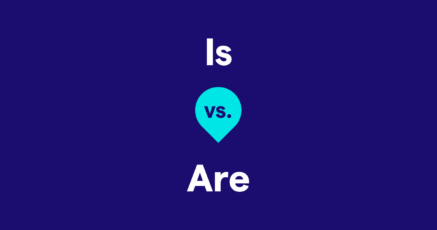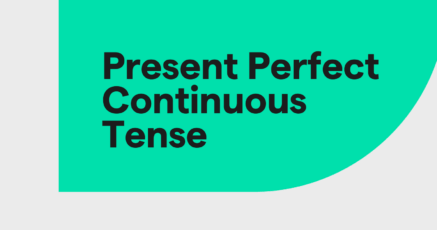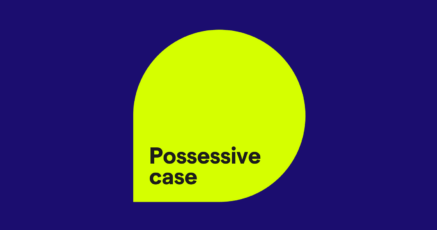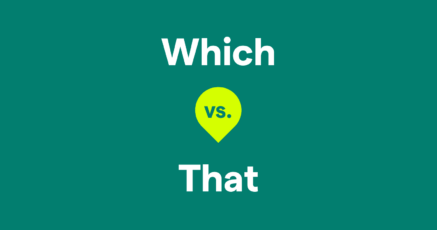 30 Common Grammar Mistakes to AvoidWhen somebody else finds a grammar mistake in your work, it can be embarrassing. But don’t let it get to you—we all make grammar...June 21, 2023
30 Common Grammar Mistakes to AvoidWhen somebody else finds a grammar mistake in your work, it can be embarrassing. But don’t let it get to you—we all make grammar...June 21, 2023 30 Common Grammar Mistakes to AvoidWhen somebody else finds a grammar mistake in your work, it can be embarrassing. But don’t let it get to you—we all make grammar...June 21, 2023
30 Common Grammar Mistakes to AvoidWhen somebody else finds a grammar mistake in your work, it can be embarrassing. But don’t let it get to you—we all make grammar...June 21, 2023 Affixes: Definition and ExamplesYou know those partial words like re- or –ed that are added to longer words? Those are affixes, or affix in the singular....June 1, 2023
Affixes: Definition and ExamplesYou know those partial words like re- or –ed that are added to longer words? Those are affixes, or affix in the singular....June 1, 2023 When to Use “Is” vs. “Are”The words is and are are both conjugations of the verb to be, which shows existence, condition, state, or identity. The...May 25, 2023
When to Use “Is” vs. “Are”The words is and are are both conjugations of the verb to be, which shows existence, condition, state, or identity. The...May 25, 2023 Past Perfect Continuous Tense: How to Use It, With ExamplesThe past perfect continuous (also known as the past perfect progressive) is a verb tense that shows that an action that started...May 18, 2023
Past Perfect Continuous Tense: How to Use It, With ExamplesThe past perfect continuous (also known as the past perfect progressive) is a verb tense that shows that an action that started...May 18, 2023 Present Perfect Continuous Tense: How to Use It, With ExamplesThe present perfect continuous (also known as the present perfect progressive) is a verb tense used to talk about something that...May 18, 2023
Present Perfect Continuous Tense: How to Use It, With ExamplesThe present perfect continuous (also known as the present perfect progressive) is a verb tense used to talk about something that...May 18, 2023 What Is Word Class in Grammar? Definition and ExamplesWord classes, also known as parts of speech, are the different categories of words used in grammar. The major word classes are...May 16, 2023
What Is Word Class in Grammar? Definition and ExamplesWord classes, also known as parts of speech, are the different categories of words used in grammar. The major word classes are...May 16, 2023 Possessive Case of Nouns: Rules and ExamplesThe possessive case shows the relationship of a noun to other words in a sentence. Possessive case shows ownership, possession,...May 16, 2023
Possessive Case of Nouns: Rules and ExamplesThe possessive case shows the relationship of a noun to other words in a sentence. Possessive case shows ownership, possession,...May 16, 2023 “Which” vs. “That”: When to Use EachWhich introduces nonrestrictive clauses, whereas restrictive clauses are introduced by that. That with a restrictive clause adds...May 15, 2023
“Which” vs. “That”: When to Use EachWhich introduces nonrestrictive clauses, whereas restrictive clauses are introduced by that. That with a restrictive clause adds...May 15, 2023 Past Perfect Tense: How to Use It, With ExamplesThe past perfect, also called the pluperfect, is a verb tense used to talk about something that happened before something else...May 8, 2023
Past Perfect Tense: How to Use It, With ExamplesThe past perfect, also called the pluperfect, is a verb tense used to talk about something that happened before something else...May 8, 2023